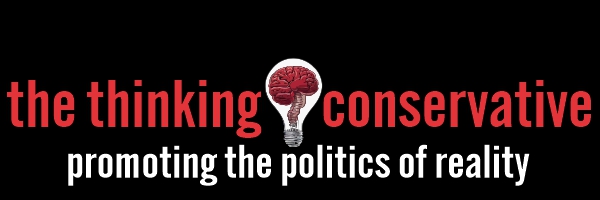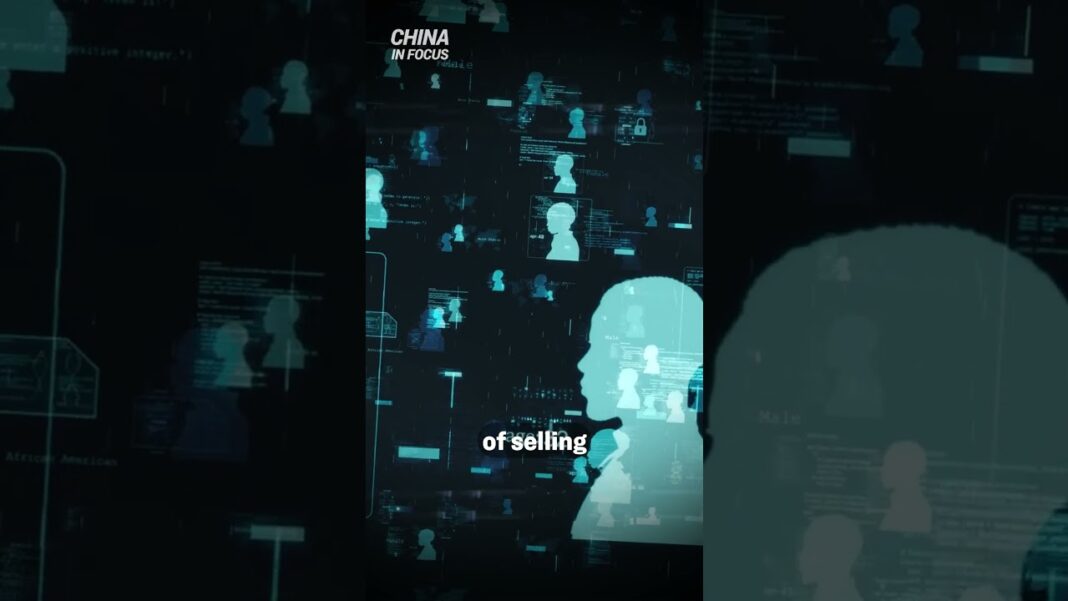Acquiring the skills for spotting dangerous ingredients amid a growing reliance on processed foods, may improve the health of Americans.
Nutrition facts labels on the back of packaged foods became mandatory in 1990 but they haven’t slowed America’s appetite for unhealthy ingredients—even with an update in 2016 that required “added sugars” be noted with larger, bold fonts.
It may be easier for consumers to scan and gauge serving size and calories but that hasn’t changed eating habits. Chemically enhanced ingredients in our food, more consumption of that food, and little in the way of consumer education have come with growing disease rates, obesity, and food prices.
Meanwhile, some health advocates and organizations have taken matters into their own hands to educate consumers on flipping the package to the back and pinpointing concerning ingredients in order to make better dietary choices.
Chiropractor Eric Berg, who is normally found creating YouTube videos related to the benefits of a ketogenic diet, recently examined what he said ought to be the first step in eating more healthily—cutting out ultra-processed foods.
He passed out free booklets at the June Hack Your Health conference in Austin, Texas, and is encouraging a movement in which consumers help each other by sharing how to spot dangerous—sometimes “hidden”—ingredients on food labels.
Food Label Literacy
While data suggests food label reading may be quite low, particularly among young people, those who read them also appear to make healthier choices.
A study published in January in Nutrients that examined whether the use of nutrition facts labels coincided with healthy eating patterns among teenagers found those who read them tended to make more balanced and nutritious choices.
However, just 11 percent reported almost always or always reading labels, nearly 28 percent reported sometimes reading them, and 61 percent never or almost never read labels to make a food choice.
“Only a few published studies from the past two decades report the prevalence of nutrition label usage in the US,” the study noted, including one in 2005–2006 that found more than half of U.S. adults read nutrition labels and another reporting less than one-third of low-income adults read labels at home or in the store.
By Amy Denney








